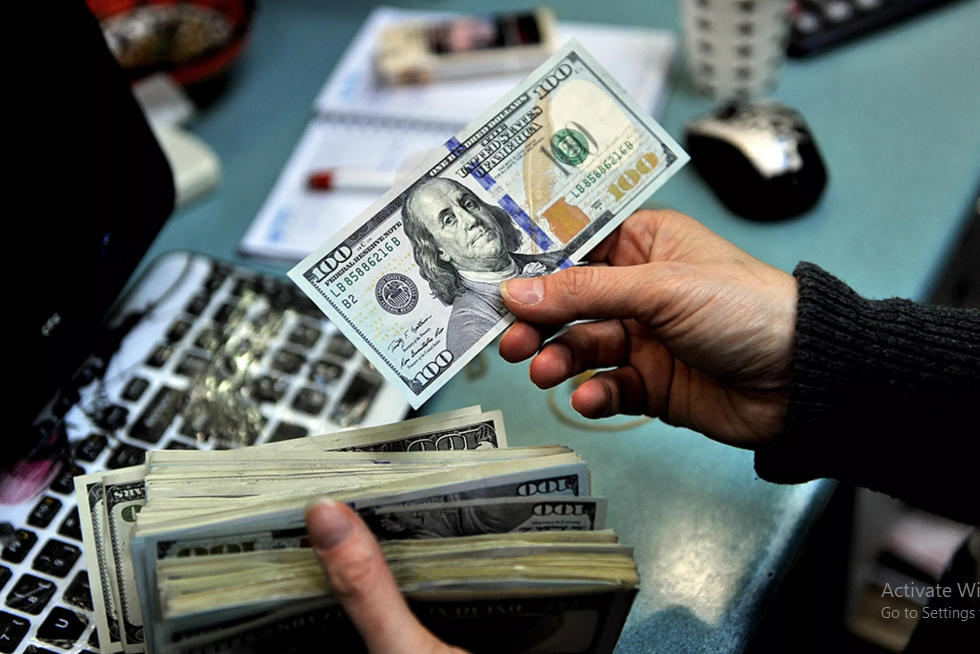The US Dollar (USD) shook off the selling pressure at the beginning of the week, with the US Dollar Index (DXY) closing in positive territory on Monday. Early Tuesday, the USD held its ground as market participants refrained from taking large positions ahead of the highly-anticipated April inflation data from the United States (US), which will be released on Wednesday.
Later in the session, Federal Reserve (Fed) Governor Philip Jefferson and NY Fed President John Williams will deliver speeches. The IBD/TIPP Economic Optimism Index will also be featured in the US economic docket. The USD’s valuation, however, is likely to continue to be driven by risk perception, at least in the near term.
Daily digest market movers: US Dollar clings to modest recovery gains
- The NFIB Business Optimism Index declined to 89 in April from 90.1 in March. This reading came in slightly below the market expectation of 89.6.
- The Fed noted in its Loan Officer Survey for the first quarter that respondents reported tighter standards and weaker demand for commercial and industrial (C&I) loans to large and middle-market firms. “Banks reported tighter standards and weaker demand for all commercial real estate loan categories,” the publication read.
- In an interview with Yahoo Finance on Monday, Chicago Fed President Austan Goolsbee repeated that it was too early to say what the next policy move would be, explaining that there were a lot of uncertainties regarding the impact of credit tightening on the economy.
- The benchmark 10-year US Treasury bond yield extended its rebound into a third straight day on Monday and gained nearly 2%. The 10-year yield corrects lower early Tuesday and stays slightly below 3.5%.
- Wall Street’s main indexes closed mixed on Monday, with the Dow Jones Industrial Average losing 0.17% and the Nasdaq Composite rising 0.25%.
- US stock index futures traded in negative territory early Tuesday and were last seen losing between 0.3% and 0.4%.
- According to the CME Group FedWatch Tool, markets are pricing in an 88% probability that the Fed will leave the policy rate unchanged in June.
- On Friday, the US Bureau of Labor Statistics (BLS) reported that Nonfarm Payrolls rose 253,000 in April, surpassing the market expectation of 179,000 by a wide margin. On a negative note, March’s 236,000 increase was revised to 165,000.
Technical analysis: US Dollar Index closes in on key resistance
The US Dollar Index (DXY) continues to edge toward 101.60, where the 20-day Simple Moving Average (SMA) is located. A daily close above that level could attract buyers and open the door for an extended recovery toward 102.00 (psychological level), 102.40 (May 2 high), and 103.00 (100-day SMA).
On the downside, 101.00 (static level, psychological level) aligns as the first support ahead of 100.00 (psychological level, static level) and 99.50 (static level from March 2022).
It’s also worth mentioning that the Relative Strength Index (RSI) indicator on the daily chart is still below 50, suggesting that the bullish momentum is not yet strong enough for a steady rebound.
How does Fed’s policy impact US Dollar?
The US Federal Reserve (Fed) has two mandates: maximum employment and price stability. The Fed uses interest rates as the primary tool to reach its goals but has to find the right balance. If the Fed is concerned about inflation, it tightens its policy by raising the interest rate to increase the cost of borrowing and encourage saving. In that scenario, the US Dollar (USD) will likely gain value due to decreasing money supply. On the other hand, the Fed could decide to loosen its policy via rate cuts if it’s concerned about a rising unemployment rate due to a slowdown in economic activity. Lower interest rates are likely to lead to a growth in investment and allow companies to hire more people. In that case, the USD is expected to lose value.
The Fed also uses quantitative tightening (QT) or quantitative easing (QE) to adjust the size of its balance sheet and steer the economy in the desired direction. QE refers to the Fed buying assets, such as government bonds, in the open market to spur growth, and QT is exactly the opposite. QE is widely seen as a USD-negative central bank policy action and vice versa.


This Post Has 15 Comments
canadian drugs: Online medication home delivery – canadian pharmacy
mexican pharmaceuticals online: mexican pharmaceuticals online – п»їbest mexican online pharmacies
prednisone purchase canada: prednisone prescription online – prednisone without rx
ventolin cost uk: buy albuterol inhaler – purchase ventolin inhaler online
farmacie online affidabili: Brufen antinfiammatorio – farmacia online senza ricetta
Farmacie on line spedizione gratuita: acquisto farmaci con ricetta – farmacie online autorizzate elenco
acquisto farmaci con ricetta: Brufen 600 senza ricetta – farmaci senza ricetta elenco
п»їFarmacia online migliore: Cialis generico prezzo – farmacia online piГ№ conveniente
miglior sito dove acquistare viagra: viagra senza prescrizione – cerco viagra a buon prezzo
pillole per erezione immediata: viagra senza prescrizione – viagra ordine telefonico
farmacia online piГ№ conveniente: Farmacie che vendono Cialis senza ricetta – farmaci senza ricetta elenco
cialis farmacia senza ricetta: viagra – kamagra senza ricetta in farmacia
farmacia online barata y fiable: Precio Cialis 20 Mg – farmacias online seguras en espaГ±a
farmacia online envГo gratis: farmacias online seguras – farmacias online baratas
casibom guncel: casibom guncel giris – casibom giris adresi
casibom